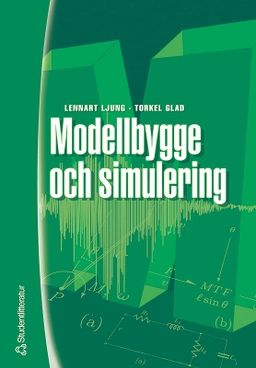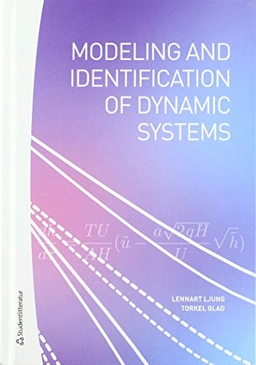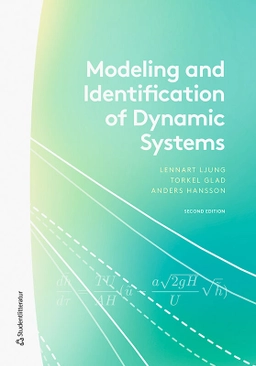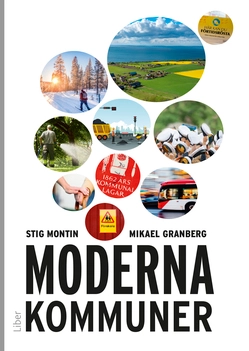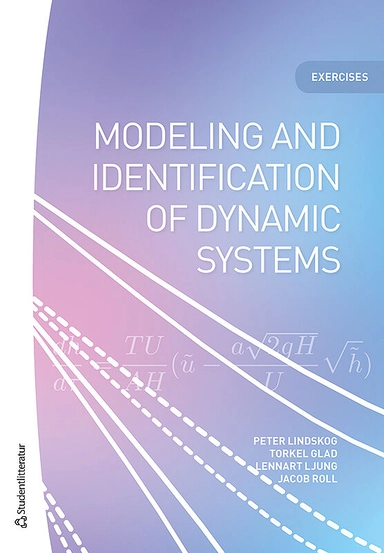

Modeling and identification of dynamic systems : exercisesUpplaga 1
- Upplaga: 1a upplagan
- Utgiven: 2018
- ISBN: 9789144127897
- Sidor: 310 st
- Förlag: Studentlitteratur AB
- Format: Häftad
- Språk: Engelska
Om boken
Åtkomstkoder och digitalt tilläggsmaterial garanteras inte med begagnade böcker
Mer om Modeling and identification of dynamic systems : exercises (2018)
I juni 2018 släpptes boken Modeling and identification of dynamic systems : exercises skriven av Peter Lindskog, Torkel Glad, Lennart Ljung, Jacob Roll. Det är den 1a upplagan av kursboken. Den är skriven på engelska och består av 310 sidor djupgående information om matematik och statistik. Förlaget bakom boken är Studentlitteratur AB som har sitt säte i Lund.
Köp boken Modeling and identification of dynamic systems : exercises på Studentapan och spara uppåt 6% jämfört med lägsta nypris hos bokhandeln.
Referera till Modeling and identification of dynamic systems : exercises (Upplaga 1)
Harvard
Oxford
APA
Vancouver
